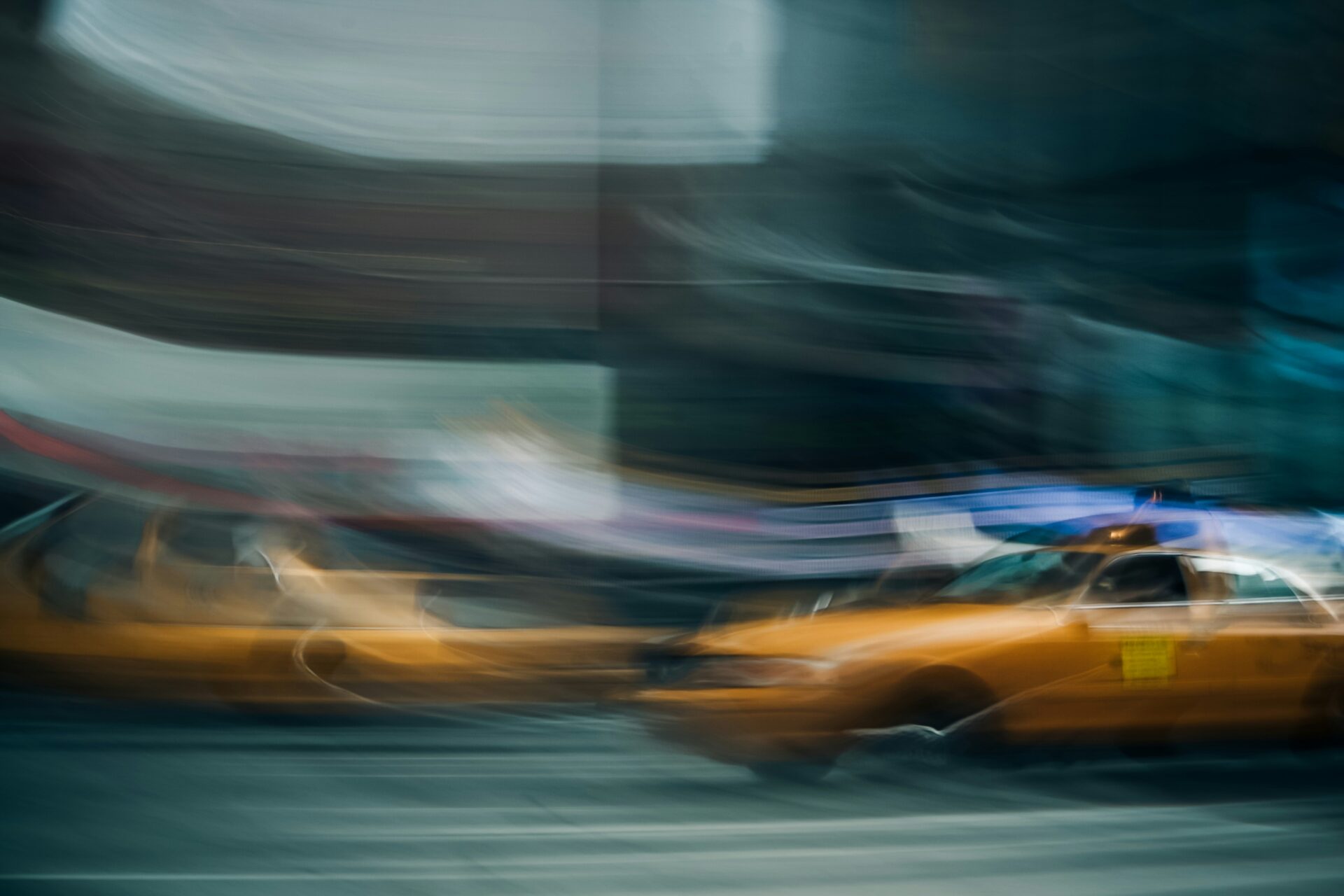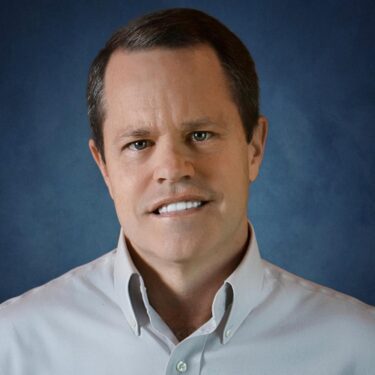Here’s a new problem, and a new set of jobs for humans, that will be caused as more and more Robotaxis show up (think of an Uber that works without a human in the car).
What is the problem?
Transportation behavior will change as we get more and more vehicles on the road with no humans inside. Something that’s already happening in San Francisco, where you see many autonomous vehicles driving around with no humans inside from companies like Waymo, Zoox, and others. Expected are many others, including Tesla, and GM’s Cruise which we hear will be back on the road later this year.
The problem?
Football stadiums, concerts, basketball stadiums, conferences, events like the Olympics, all will see radically different usage patterns. For instance, today, if you attend a football game, you park in one of dozens of parking lots around the stadium and you walk in, or take a shuttle to one of the entrances. This adds some “randomness” to the flow of crowds in and out and lets city officials who plan out traffic flows bring traffic to those parking lots with a few different routes.
Even today it’s often a mess with traffic taking an hour to get into many venues with large numbers of people but officials, and others, who work in these industries tell me autonomous vehicles will make traffic far worse.
Why?
Well, let’s assume in five years you are in a Cybertruck taking your family to a football game and that by then the Cybertruck can drive with no humans in the car. Will you want your Cybertruck to take you to a far off parking lot and make you walk to the stadium?
No.
You’ll want it to drop you off near the football stadium.
And here’s the rub: so will everyone else.
Which means you’ll have thousands of Waymos, Cruises, Teslas, all trying to get to the same drop-off point. This new human expectation will lead to traffic nightmares.
Worse, I’ve been talking with executives at these kinds of venues and they say the coordination between sports teams, city officials/police, and ride-sharing companies is nearly non-existent.One told me they tried to get Uber and Lyft to come meet with them to design new traffic flows for their vehicles and they just don’t get very little help or interest from the ride-sharing companies.
One, who works with the 49ers, tells me city officials often put up signs for Uber/Lyft drivers that lead them into dead-end roads where they need to waste time turning around and figuring out where they need to go. Signage, cones, road closures, all could be done in a much better way around venues.
And that’s before you consider the humans. Often crowds of humans getting out of venues are drunk, don’t follow traffic rules, and, sometimes, even turn riotous.
Has the autonomous vehicle industry worked with venues to understand how traffic systems change around event venues? No, is the answer I keep hearing, and getting Waymo or Tesla interested in studying the problem together and designing new traffic facilities around big-crowd venues is difficult.
Oh, it can happen. At Coachella, for instance, Uber built a huge parking lot with waiting areas for humans that were covered (it’s hot often waiting for your ride to show up). Uber also built contextual systems to work with drivers around the Western United States to convince drivers to come to Palm Springs for a month and drive people around (Coachella is two weekends, where 150,000 people visit each weekend, followed by a country music festival that has slightly smaller crowds, but Uber, alone, brings thousands of cars to handle the crowds of people who want to use it to get to and from the venue).
Along with the parking lot city officials block off lanes and have clear signs for Uber/Lyft/Taxis to use and have police at every intersection directing traffic and making sure things flow smoothly. Even with all that work it often takes one to three hours of standing in line to get a Taxi or an Uber out of the venue.
Now imagine if thousands of people were arriving in autonomous vehicles. If the vehicles weren’t programmed into where to go, and if Tesla doesn’t have its own drop off and pickup lot things could get nasty, and fast.
Last week at NVIDIA’s big event my Tesla was programmed to pick up a friend at the Marriott. Problem was it took me down a route that is usually just fine, but during that event NVIDIA and city officials had the street in front of the conference center closed due to the large crowds that were attending that event. My Tesla didn’t know about the closed street so it tried to take me down that closed street, figured it out too late, and then got stuck in traffic going on a detour around, wasting 15 minutes.
Now 15 minutes doesn’t seem like a big deal, but it is if I was driving an Uber passenger. Why? Well, first of all now I have a passenger who isn’t happy with the navigation choices the car made, maybe giving me a lower score than I otherwise would get, but, worse, if I was picking up a passenger that person might see that I’m now 15 minutes away instead of two and decide to hop in a cab or cancel my ride. Wasted time, which means if I’m driving an Uber I don’t get paid.
There also is a difference between permanent venues, like a football stadium, which have the same problems every weekend (while football isn’t being played these stadiums are often used for other things, like concerts) and music festivals that only happen one or two weekends a year, like Coachella. There aren’t enough vehicles to support these temporary crowds so vehicles have to be moved into that area.
There are dozens of such festivals all over the world, and that’s counting just the ones with 50,000 attendees or more, like EDC in Vegas, Glastonbury in UK, etc.
So, a company, like a Tesla, which is expected to have humanless vehicles driving in most Western Countries, would need to work with dozens of venues to setup drop off and pick up zones, and with local police to understand how to work with them so that they understand how to work with autonomous vehicles. Once in a while one of those will get stuck, for instance, maybe with a blown tire or an equipment malfunction, or, worse, an accident. At SXSW a drunk driver plowed through crowds of people one year, killing many, and causing a major first-responder response.
In such a situation all the constituencies would need to work together to change traffic flows to make sure more vehicles aren’t drawn to the area, or interfere with first responders.
Is there a relationship lead between all these constituencies? I hear there is not, except in the best of cases.
So, this leads to a new job for humans. AI’s can’t attend city council or meetings with police. AI’s can’t often figure out why all traffic has stopped.
Once, at Half Moon Bay’s pumpkin festival it started to rain. Everyone headed for their cars at the same time, but both Waze and Apple Maps continued to give incorrect data for an hour, both on recommendations for what street to head down, and on time it will take to get out of the area. These systems are built for normal traffic flows, and often can’t understand that police have even reversed traffic, so that cars are going down the wrong way on a road.
Which leads to the AI.
Uber’s founder, Travis Kalanick, told me his goal is to have one car near someone who is calling for a ride. That way the ride will arrive in less than five minutes and everyone is happy. Uber built a complex “traffic control system” that hooks drivers and passengers up together. That system usually works great, but when high-crowd events show up these systems often mislead drivers and passengers alike.
Waymo is, so far, punting, and refuses to go near these events, and has a very small number of passengers today. Even if you live in San Francisco you can’t just get a Waymo, you have to wait to be added to the system and they are adding new passengers slowly so that the whole system remains healthy and doesn’t hit these large-crowd issues yet.
That will change as they scale up the system to be in many more cities over the next few years and open up the system to everyone, not just a limited number of beta testers.
So, to wrap it up, soon entrepreneurs, like Elon Musk, who is making plans for bringing its millions of vehicles online to do human-less driving, will need to do new AI modeling work for how cars should behave around high-crowd events, leading to new traffic-control systems to bring thousands of cars in and out of these venues, and will need teams of humans working with venues and cities to build new drop-off-areas for autonomous vehicles to drop off and pick up people.
That is a human job, not one that an AI or robot can do.
And a company that has aspirations for building a global network of autonomous vehicles, will need many such workers to work with local customs/officials/venues/teams/events.
I see very little modeling work, although I saw MIT Media Lab doing some early work to understand how cities would change due to autonomous vehicles, and I don’t see anyone in the AI/Autonomous Vehicle industry talking about research/work in this areas. (And yes, I do have a list of those people here on X: https://x.com/scobleizer/lists)
I’m doing this post to try to spur industry interest in working on these issues and to connect people who may already be working on them.
Are you positioned for these new jobs? If you are, these are fun things to work on and you might even get free tickets to go see concerts or football games for you and your family. I got taken to a Taylor Swift concert by an entrepreneur who built technology systems for the local stadium, so I know it’s possible.
Technology solves old problems and causes new problems.
Which is why I’m still on team human. AI’s aren’t good at figuring this stuff out and I don’t see them getting good at figuring them out, either, for years.
Sounds like a good job to have for a while.
This article was originally published by Robert Scoble on HackerNoon.












